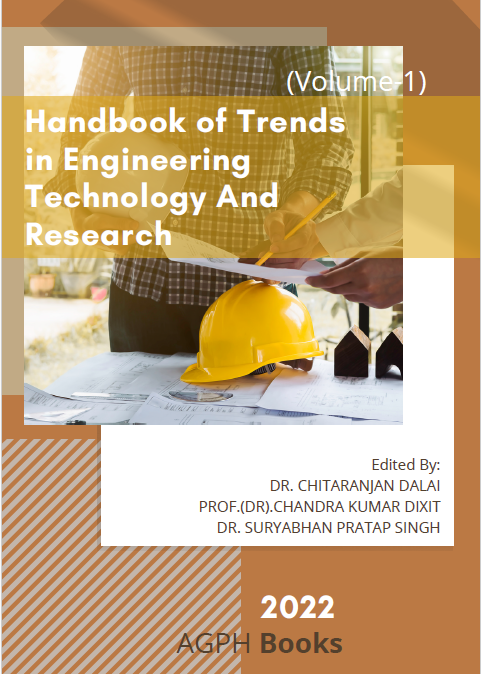A Comprehensive Review on The Emerging Technologies in The Field of Robotics and Automation
Keywords:
Robotic Automation, Artificial Intelligence, Emerging TrendsAbstract
Robotic automation is a continuously evolving field. Industrial robots have become prevalent in production settings throughout the globe in only a few decades, and their productivity as well as profitability continue to grow. Looking into the future is often difficult, but one thing is certain: robots will be a vital part of the future, accessing sections of the economy that people could only conceive a few years ago. Learning robots are becoming more common as artificial intelligence for the robotics matures. Here are six developing trends in the field of industrial robots which will most likely have a significant impact on a broad range of industrial industries and deliver advantages much beyond what was previously thought conceivable.
References
[1] Bader, F., & Rahimifard, S. (2020). A methodology for the selection of industrial robots in food handling. Innovative Food Science and Emerging Technologies, 64(February), 102379. https://doi.org/10.1016/j.ifset.2020.102379
[2] Bailey, D., Faraj, S., Hinds, P., von Krogh, G., & Leonardi, P. (2019). Special issue of organization science: Emerging technologies and organizing. Organization Science, 30(3), 642-646. https://doi.org/10.1287/orsc.2019.1299
[3] Devarajan, Y. (2018). A Study of Robotic Process Automation Use Cases Today for Tomorrow's Business. International Journal of Computer Techniques, 5(6), 12-18.
[4] Dotoli, M., Fay, A., Miśkowicz, M., & Seatzu, C. (2019). An overview of current technologies and emerging trends in factory automation. International Journal of Production Research, 57(15-16), 5047-5067. https://doi.org/10.1080/00207543.2018.1510558
[5] Horton, J., Cameron, A., Devaraj, D., Hanson, R., & Hajkowicz, S. (2018). Workplace Safety Futures: The impact of emerging technologies and platforms on work health and safety and workers' compensation over the next 20 years. 52. https://www.data61.csiro.au/en/Our-Work/Future-Cities/Planning-sustainable-infrastructure/WorkplaceSafety
[6] Javaid, M., Haleem, A., Vaish, A., Vaishya, R., & Iyengar, K. P. (2020). Robotics applications in covid-19: A review. Journal of Industrial Integration and Management, 5(4), 441-451. https://doi.org/10.1142/S2424862220300033
[7] Krishnakumari, B., Kirithika, S., Nivetha, S., Binisha, B. S., & Kaviya, R. (2022). Development of Robotics in Construction industry. 7(5), 704-710.
[8] Macrorie, R., Marvin, S., & While, A. (2021). Robotics and automation in the city: a research agenda. Urban Geography, 42(2), 197-217. https://doi.org/10.1080/02723638.2019.1698868
[9] Melenbrink, N., Werfel, J., & Menges, A. (2020). On-site autonomous construction robots: Towards unsupervised building. Automation in Construction, 119(February), 103312. https://doi.org/10.1016/j.autcon.2020.103312
[10] Moffitt, K. C., Rozario, A. M., & Vasarhelyi, M. A. (2018). Robotic process automation for auditing. Journal of Emerging Technologies in Accounting, 15(1), 1-10. https://doi.org/10.2308/jeta-10589




